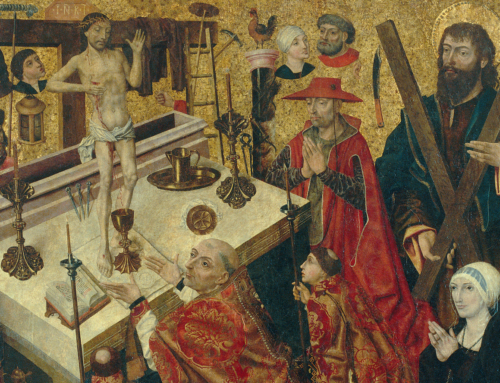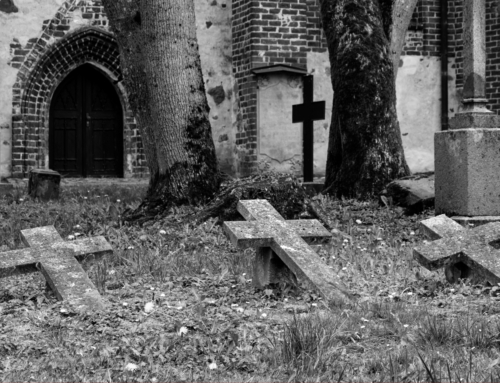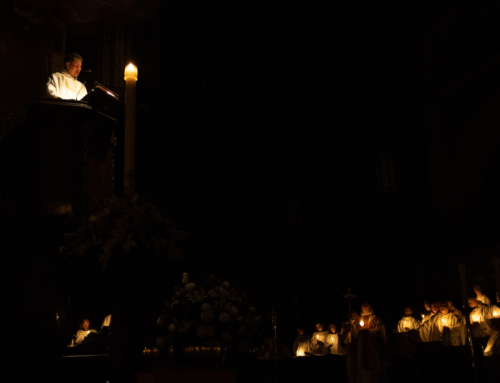Shame. That gut-wrenching, wincing feeling we have in reaction to our own failures and mistakes. It’s more than mere embarrassment from an awkward social situation. It may or may not reflect any real fault of ours. Shame is the pain that we feel when we are face to face with failures that we are responsible for—and especially when those failures and faults are visible to others.
Ordinarily we try to avoid it. Hide from it. But in Lent we are called to reflect upon our sins and failures and our need for God’s mercy—and we won’t be able to do that unless we look our shame in the face. Here’s the thing about shame—like so many of the other unpleasant things in life, we can let the shame for our past sins and mistakes hold us back, or we can make it work for us. In discussing the virtue of penance, Saint Thomas Aquinas points out that to have sorrow or shame for past sins as though to make the past not to have happened is worthless and unproductive. But to have sorrow in such a way as to make amends by penance and to avoid doing the same in the future is good (ST III, q. 85, a. 1, ad 3).
Shame can paralyze us. Bad shame leaves us dwelling on a past failure. We see how wrong it was and simply wish over and over that it had never happened or that we could undo it. This unproductive shame and sorrow may come from an authentic desire to undo the negative consequences our actions have on others. But it is frequently also bound up in a prideful desire to avoid responsibility and damage to our reputation or self-image.
On the other hand, there is the shame for sin which is good. The grief for past sins which we adopt in the virtue of penance is a moderated grief. Moderated by what? Aquinas says that it is good to sorrow for a “proper object” and “for a proper end.” The proper object for sorrow is a past sin. The proper end: to make amends and have our sins removed. And this is where moderated feelings of shame can actually be handy: by accepting them we can satisfy some of the debt of punishment. That’s precisely what goes on in the sacrament of confession. So even though some penalty may remain even after we are absolved from the guilt of sin, the very shame of confessing our sins to a priest already takes some of that punishment away.
So, where does that leave us? A few practical takeaways:
- Shame is inevitable, but try not to wish that the past never happened—that’s impossible and you’ll wind up stuck. Instead, resolve to make amends as best you can, to have a healthy sorrow for past mistakes, and to avoid doing the same in the future.
- Don’t worry too much about your feelings when you go to confession—if you desire to turn away from sin, absolution will work.
- The shame of confessing your sins to a priest already begins to satisfy the debt of punishment.
- And, little known fact: because the grace of the sacrament and the shame of confessing help to satisfy the debt of punishment, it’s okay to confess a sin again if we still feel acute sorrow or shame for it. It can even be beneficial (ST Supplementum, q. 10, a. 2). It’s not that absolution didn’t work the first time. Of course it did. The guilt is gone and you have been forgiven. But shame and any remaining penalty can receive additional healing through a new confession even after the sin was forgiven the first time. You can do this simply by mentioning to the priest that you would like to “renew sorrow for the past sin of x, which was forgiven in a previous confession.”
So, as this Lent continues, make shame help you rather than paralyze you and hold you back. The Lord gave us Lent, and even shame, not to hold us back, but to help us heal.
✠
Photo by Annie Spratt (Unsplash)







